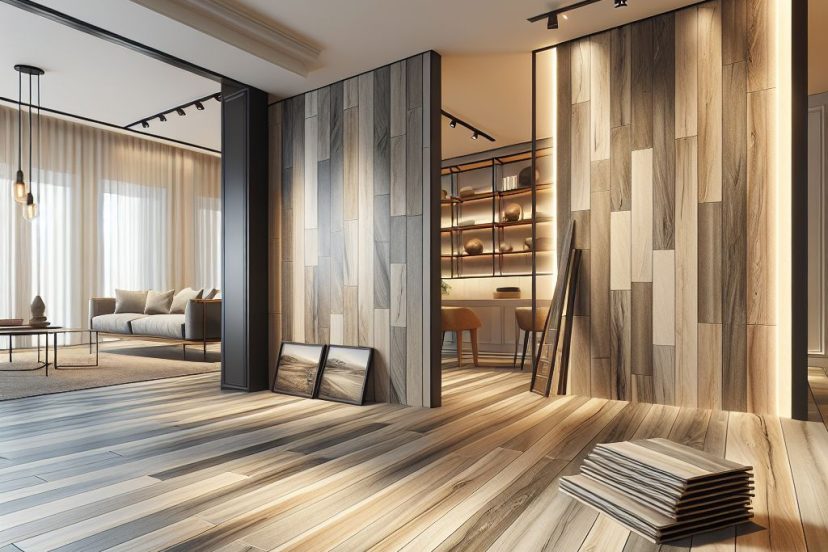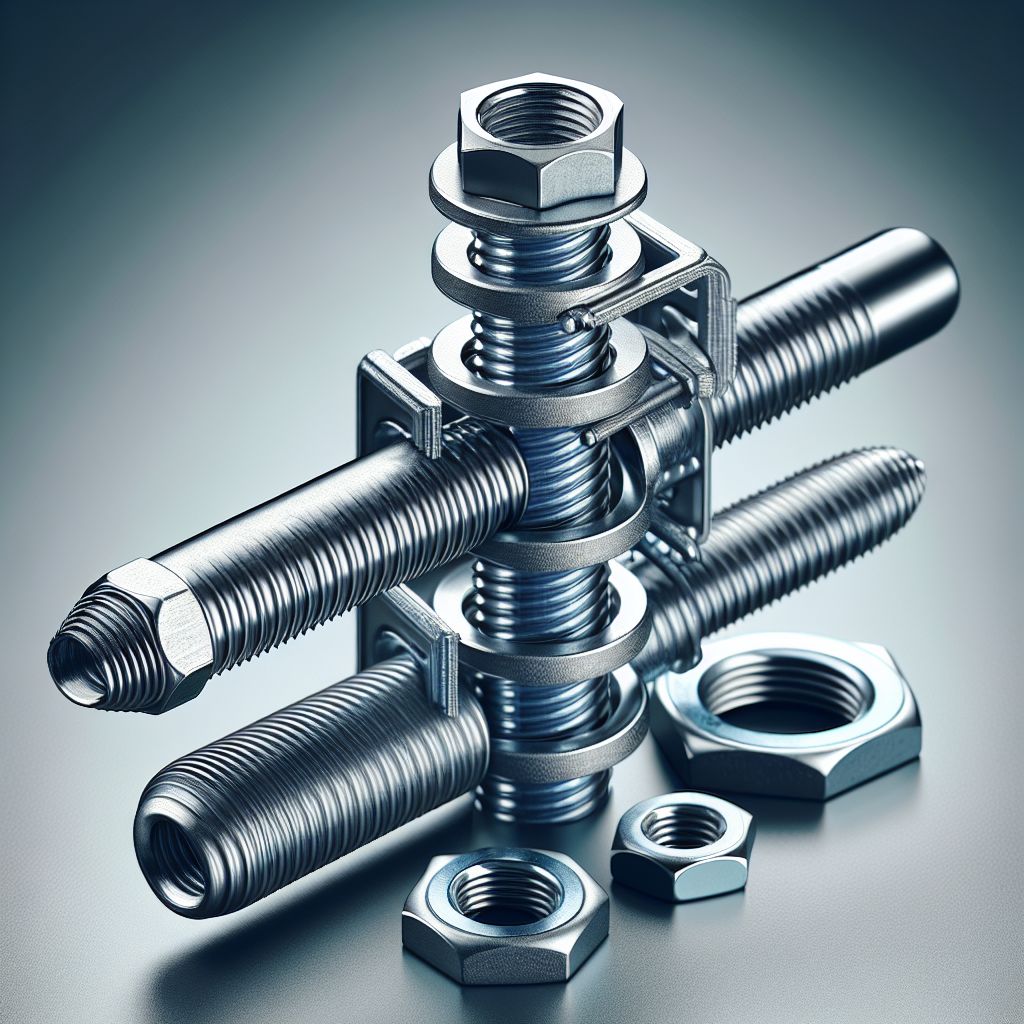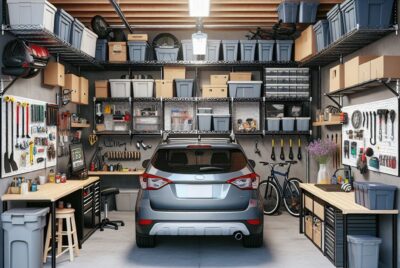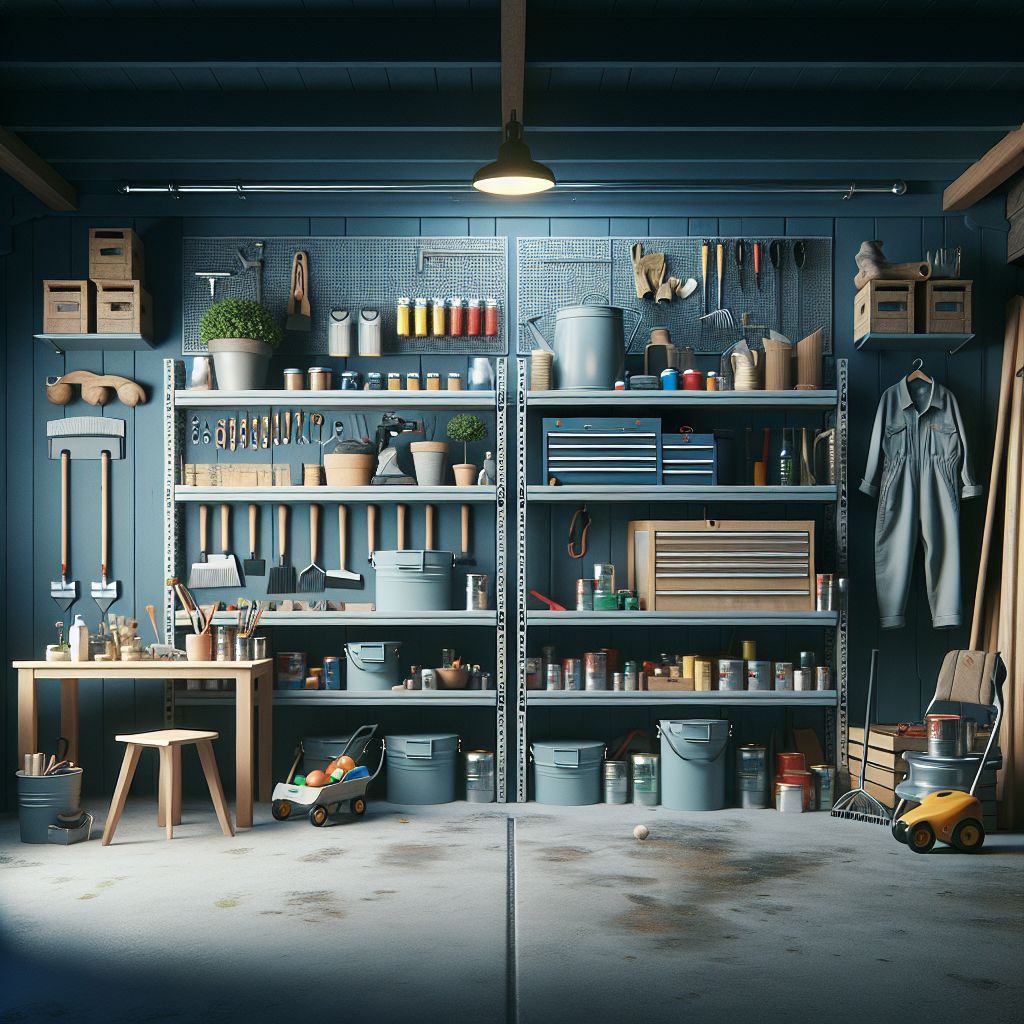SPC Flooring Trends & Installation Tips: 2024 Complete Guide
Key Takeaways
-
SPC flooring is a durable and waterproof option that’s becoming increasingly popular.
-
2024’s trends highlight natural wood looks, wider planks, and eco-friendly materials.
-
Assessing quality involves checking the wear layer thickness and locking mechanisms.
-
Preparation for installation includes gathering tools and ensuring a level subfloor.
-
Proper installation and maintenance can extend the life of your SPC flooring significantly.
Welcome to Your SPC Flooring Journey
So, you’re considering a floor makeover and have heard about SPC flooring. It’s a fantastic choice, known for its strength and style. I’m here to guide you through the ins and outs, from picking the right planks to the final click of installation. Let’s dive into a world where durability meets design, and transform your space into something truly special.
Your Step-by-Step Guide Awaits
-
Gather inspiration and understand the latest SPC flooring trends.
-
Learn how to choose high-quality SPC flooring that matches your style.
-
Get ready for installation by preparing your space like a pro.
-
Follow straightforward installation steps for a flawless finish.
-
Keep your new floors looking great with easy care and maintenance tips.
By the end of this guide, you’ll not only be ready to choose the perfect SPC flooring but also to install and maintain it with confidence.

“SPC Rigid Core Luxury Vinyl Flooring” from www.flooringinc.com
Why SPC Flooring Is Trending
SPC, or Stone Plastic Composite flooring, has taken the home improvement world by storm. It’s not just a fad, it’s the future of flooring. Homeowners love it because it’s incredibly durable, waterproof, and offers a luxurious look without the luxury price tag. Moreover, it’s versatile enough to fit any room in the house – yes, even bathrooms and kitchens where moisture is a daily affair.
What to Expect in This Guide
-
Insights into the latest SPC flooring trends for 2024.
-
Expert tips on selecting the best SPC flooring for your home.
-
Detailed instructions on preparing for and installing your new floors.
-
Guidance on maintaining the beauty and longevity of your SPC flooring.
This guide is packed with practical advice to help you make informed decisions and tackle your flooring project with ease.
Choosing the Right SPC Flooring
Before you jump into buying, let’s talk about what makes SPC flooring stand out. It’s a layered product, each layer serving a purpose to create a floor that’s not just beautiful but built to last. The core is what gives SPC its name – a mix of natural limestone, polyvinyl chloride, and stabilizers. This is your floor’s backbone, providing stability and resistance to moisture.
Current Trends in SPC Flooring Designs
The world of SPC flooring is buzzing with new trends that are all about bringing the beauty of nature indoors. Here’s what’s catching eyes in 2024:
-
Natural Wood Looks: Advances in technology mean SPC flooring can mimic hardwood so closely, you’ll do a double-take. Expect to see rich textures, varied grain patterns, and a spectrum of colors from sun-bleached to deep espresso.
-
Wider Planks: These give rooms an open, contemporary feel, and they’re soaring in popularity. They make small spaces look bigger and reduce the number of seams on your floor.
-
Eco-Friendly Materials: More manufacturers are turning to recycled materials for the core and backing layers. It’s a trend that’s not only stylish but also kind to the planet.
And remember, while trends are great for inspiration, always choose a style that you’ll love for years to come.
Assessing Your SPC Flooring Quality
Quality matters. A thicker wear layer means better protection against scratches and scuffs, so aim for at least 20 mils if your floor will see a lot of action. Also, check the locking system – a good one means a smoother installation and a sturdier floor. Lastly, a warranty is a sign that the manufacturer stands behind their product, so don’t overlook it.
When it comes to SPC flooring, it’s not just about picking the prettiest pattern. Paying attention to these details will save you time, money, and headaches in the long run.
Matching SPC Flooring to Your Home Decor
Your floor is the foundation of your room’s style, so it’s essential to choose an SPC design that complements your decor. If your home is a canvas of cool, modern tones, a floor with ashy or stone-like hues might be the way to go. Love a warm, rustic look? Look for SPC with golden or caramel tones.
Think of your floor as the backdrop for all your other design choices. It should support, not overpower, the rest of your room. So, take home samples, lay them out, and see how they live with your lighting and furniture. You’ll know the right one when you see it.
Preparing Your Subfloor for SPC Flooring
Alright, let’s roll up our sleeves and prepare the stage for your SPC flooring. A well-prepped subfloor is crucial for a successful installation. Your subfloor needs to be flat, clean, and dry. Check for any unevenness and use a leveling compound to smooth out the bumps. Remember, even a small pebble under your SPC can turn into a real pain underfoot.

“Living room subfloor | Dries Buytaert” from dri.es
Next up, cleanliness is key. Sweep, vacuum, and mop to get rid of all the dust and debris. Any leftover grit can interfere with the installation. And dry? Absolutely. Moisture can wreak havoc on floor materials, so ensure the subfloor is completely dry before you begin laying your planks.
One last tip before moving on: check for any squeaks or loose boards if you’re working with a wooden subfloor. Secure everything down tight. SPC flooring doesn’t like to move once it’s laid down, so a stable base is non-negotiable.
The Installation Process
With your stage set, it’s showtime! The beauty of SPC flooring is its simplicity. Most options come with a click-lock system that makes installation a breeze. But before you start, acclimate your planks to the room. Just let them sit in the space for a couple of days. This helps them adjust to the temperature and humidity levels, reducing the risk of expansion or contraction post-installation.
Now, decide on your direction. Typically, laying planks parallel to the longest wall can make a room look larger. But feel free to break the rules if another direction suits your style better. Just remember to leave a little expansion gap around the edges – about a quarter-inch should do it. This gives your floor room to breathe without buckling.
Laying Down Your First Plank
Begin at a corner and lay your first plank with the tongue side facing the wall. Remember that expansion gap? Use spacers to maintain it. This is your foundation plank, so take your time to get it right. Every plank that follows relies on the precision of this first step.

As you place each plank, align them carefully and press down to click them into place. You should hear a satisfying snap – that’s the sound of a job well done. Continue this process, plank by plank, row by row, until you’ve covered the room.
Fitting Planks Securely Together
Now, let’s talk about getting those planks snug. It’s not just about laying them next to each other, they need to lock tight to prevent any movement or gaps. Use a tapping block and a mallet to gently but firmly click each plank into its neighbor. This ensures a seamless and secure fit.
Don’t be tempted to force the planks together. If they’re not sliding in easily, check for debris in the grooves or on the subfloor. A little patience here will pay off with a floor that looks and performs beautifully.
Tackling Tricky Spaces and Edges
When you reach the edges or have to navigate around obstacles like pipes or cabinets, it’s time for some custom cuts. Measure twice, cut once – this old carpenter’s adage is your best friend. Use a sharp utility knife for scoring the planks and a straight edge to ensure your lines are true. Then, simply snap the plank along the score line.
For those really tricky cuts, like curves or irregular shapes, a jigsaw is your go-to tool. Just remember to cut with the decorative side down to avoid any chipping on the visible surface.
Post-Installation Care Tips
Congratulations! You’ve installed your SPC flooring. But before you start moving furniture around, give the floor a good once-over. Check for any raised edges or loose planks. If everything looks good, it’s time to think about keeping it that way.
SPC is low-maintenance, but like any floor, it needs a little love to stay looking its best. Sweep or vacuum regularly to keep dirt at bay. For a deeper clean, a damp mop with a pH-neutral cleaner will do the trick. Just avoid excessive water and harsh chemicals.
For an everyday clean, mix a simple solution of water and vinegar. It’s gentle on your floors and tough on grime. A few drops of essential oil can add a fresh scent to the mix.
Protecting Your New SPC Floor
Want to keep those floors scratch-free? Furniture pads are a must. Stick them to the legs of chairs, tables, and sofas to prevent any unwanted scuffs. And while SPC is tough, sharp objects and heavy appliances can still leave their mark, so be cautious when moving things around.
Another tip is to use doormats at entrances to catch any dirt or pebbles from shoes. It’s a simple step that can extend the life of your floor significantly.
Routine SPC Flooring Maintenance
For day-to-day upkeep, a soft-bristle broom or a microfiber mop is perfect for picking up dust and pet hair. Spills should be wiped up promptly to prevent any chance of slipping or staining. And while SPC is UV resistant, it’s still a good idea to use curtains or blinds to protect your floors from prolonged sun exposure.
Finally, if you ever notice a plank looking a bit worse for wear, the great thing about SPC is that you can replace just that section without redoing the whole floor. It’s as simple as popping out the old plank and clicking in a new one.
Example: If you have a damaged plank in the middle of your room, start by removing the baseboards and work your way to the affected plank. Carefully disassemble the locking joints and replace the plank. It’s like a quick spot treatment for your floor!
Mistakes to Avoid With Your SPC Floor
Even with the best of intentions, mistakes can happen. Avoid using steam mops or wax-based cleaners, as they can damage the wear layer of your SPC flooring. Also, while SPC is tough, dragging heavy furniture across it can lead to scratches and gouges – always lift or use furniture sliders.
Lastly, never skip the step of acclimating your planks to the room. This could result in gaps or buckling later on. Trust me, taking the time to do it right the first time will save you from headaches down the road.
Common Installation Pitfalls
When it comes to installing SPC flooring, a few common missteps could derail your project. One of the most frequent issues is not leaving enough space for expansion. SPC flooring expands and contracts with temperature changes, so that small gap around the perimeter is a must. Another pitfall is neglecting to level the subfloor properly, which can lead to uneven flooring and potential damage to the locking system.
Long-Term Care Mistakes
Long-term, the biggest mistake you can make with SPC flooring is neglect. While it’s incredibly durable, it’s not indestructible. Dragging heavy furniture without protection, using harsh cleaners, or ignoring spills can all shorten the lifespan of your floors. Treat your SPC flooring with care, and it will stay looking great for years to come.
FAQs
Now, let’s address some common questions you might have about SPC flooring. This will help you feel even more confident in your flooring choice and how to care for it.
Can SPC Flooring Be Installed Over Existing Tiles?
Yes, you can install SPC flooring over existing tiles, provided the surface is level and in good condition. It’s one of the features that makes SPC flooring so versatile. Just make sure to check for any cracked tiles or uneven areas, as these will need to be addressed before laying your new flooring.
How Does SPC Flooring Respond to Temperature Changes?
SPC flooring is known for its stability, even with temperature fluctuations. Its stone-plastic composite core resists expansion and contraction much better than traditional vinyl. However, it’s still important to acclimate your flooring to the room’s temperature before installation to prevent any issues.
Is SPC Flooring Suitable for Bathrooms and Kitchens?
-
Waterproof nature makes it ideal for moisture-prone areas.
-
Easy to clean and doesn’t require sealing like some other flooring options.
-
Slip resistance can vary, so consider textured options for extra safety.
-
Always wipe up spills promptly to prevent slipping hazards.
SPC flooring’s waterproof capabilities make it an excellent choice for bathrooms and kitchens. It stands up well to splashes and spills, making cleanup a breeze.
Can You Install SPC Flooring Yourself?
One of the great things about SPC flooring is that it’s very DIY-friendly. The click-lock installation system means you don’t need a ton of tools or experience to lay it down. Just follow the manufacturer’s instructions, take your time, and you can have a new floor in a weekend.
How Long Does SPC Flooring Last?
With proper installation and care, SPC flooring can last anywhere from 15 to 25 years, or even longer. The key is to follow the maintenance guidelines, use the right cleaning products, and protect it from unnecessary wear and tear. It’s a long-term investment that pays off in durability and style.
*We may earn a commission for purchases made using our links. Please see our Disclosure to learn more.




